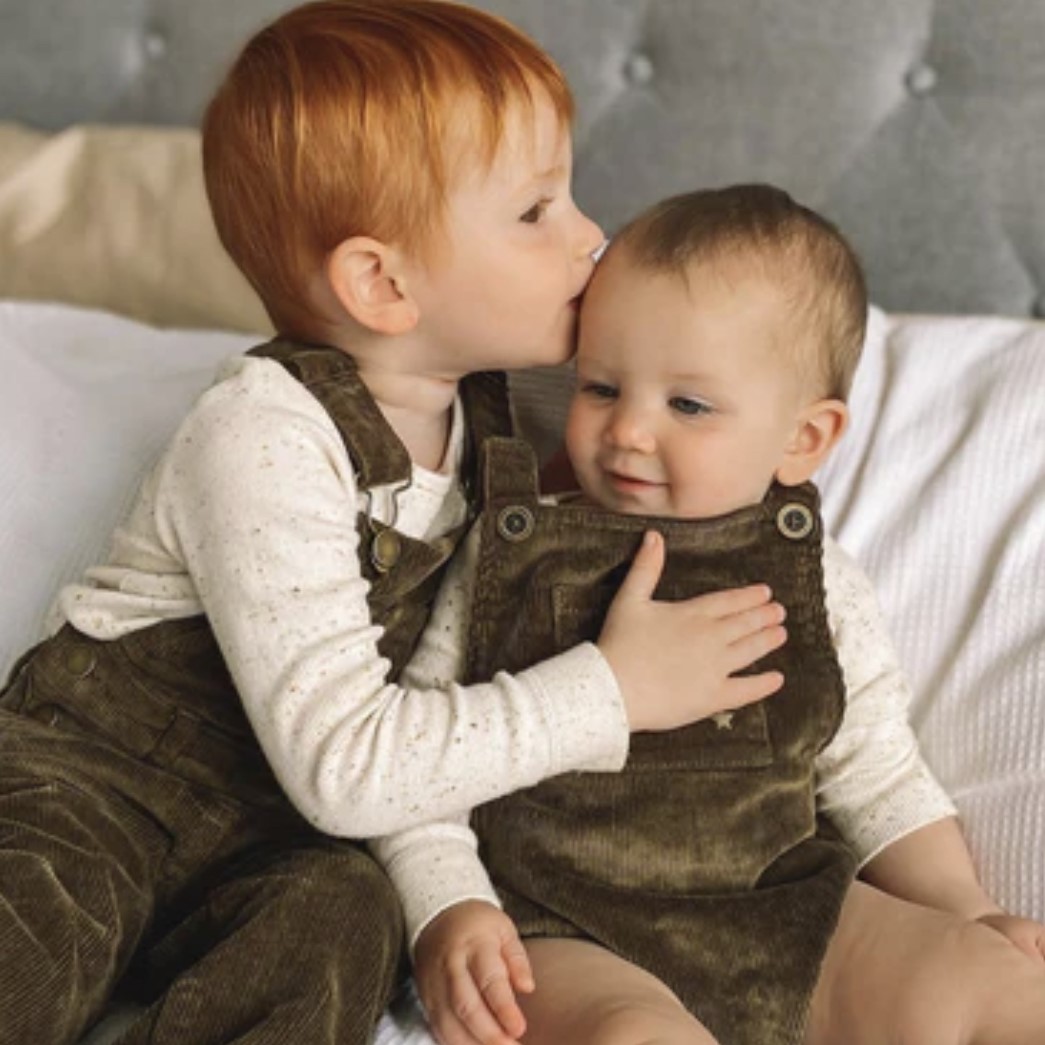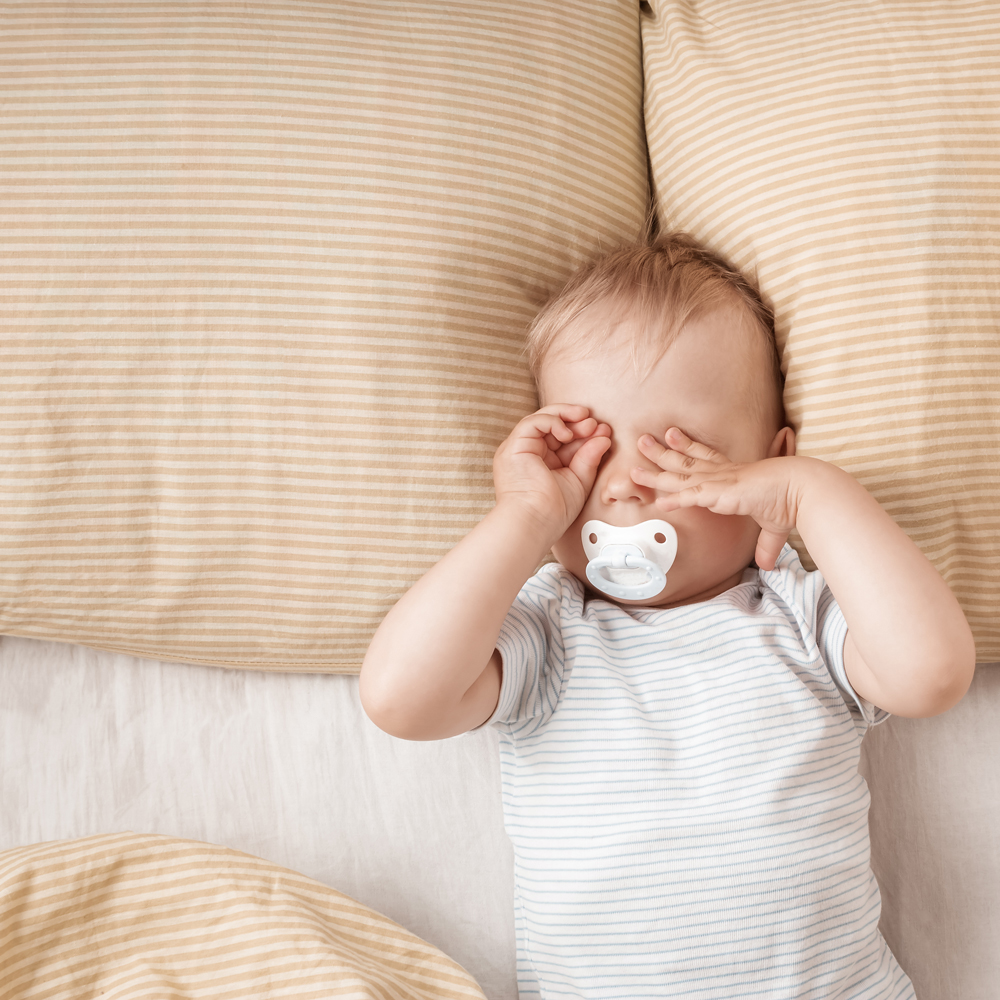How to Transition Baby Into Their Cot and Own Room

Our advice for making the transition from bassinet to cot + your bedroom to their nursery a little easier.
WHEN IS IT TIME TO CHANGE?
There’s no set age for when your baby will need to move from their bassinet to their cot, but it’s usually when they’re around 8-12 weeks old. They will need to be moved out of the bassinet when they outgrow it or when they can roll over – whichever comes first.
For many whānau, the need to have baby sleep in a cot often coincides with the decision to move them into their own room but it’s important to remember babies are at risk of Sudden Unexpected Death in Infancy (SUDI) up until they are around 12 months of age. Safe sleep guidelines recommend having your baby sleep in the same room at night as their parent/caregiver for at least the first six months but ideally for a year.
You’re either a ‘cold turkey’ kind of parent or a ‘gently does it’ sort but there’s no right or wrong way to approach these things – whatever is best for you and your baby is the way to go.
TIPS & ADVICE
Ripping the bandaid off, so to speak, doesn’t require much in the way of advice – you just gotta do it! Your baby might not notice the change at all or you could encounter some disruption to their sleep for a few days and nights, but rest assured they’ll eventually get used to their new environment and be back to their normal.
If you want to ease into the change, here are some gentle ways of doing so:
- Try to keep as many things the same while making big changes – think about having sheets that feel similar and using the blanket or sleeping bag they’re already used to.
- If their bassinet is currently next to your bed, consider bringing the cot into your room as a first step, if you can fit it. That way you aren’t changing beds and rooms at once. It also means that if you need to get up in the night to feed your pēpi, they’re still right beside you.
- Opting for a sidecar cot means you can keep your pēpi close while ensuring they have a safe, separate sleeping space. It also takes up less space than a normal cot as it is pushed up hard against the bed.
- If you have a bassinet that can be separated from its base – like a Moses basket – putting the bassinet in the cot for a few days might help your pēpi ease into the change.
- If you can’t fit the cot in your bedroom, you might like to start with having your baby do their day naps in their cot so they get used to the new bed as well as being in their own room.
- Another option is having a single bed in your baby’s nursery so during especially wakeful nights you can sleep in their bedroom and easily get up to resettle or feed.
- So their child is still close but not in the same bed as them, some parents prefer to use a floor bed for their pēpi instead of moving them to a cot. It’s important to always follow the safe sleep guidelines whenever you’re putting your child to sleep. When it comes to floor beds especially, ensure the mattress is firm enough to not pose a risk for baby, that it isn’t positioned next to any walls, furniture or objects so there isn’t an unsafe gap between the bed and the object, that you don’t use anything soft or hazardous that could pose a danger to your baby if they roll off the mattress (e.g. a firm, foam mat is okay but you shouldn’t use a pillow or cushion as a soft place to land), and that the room is child proofed.



